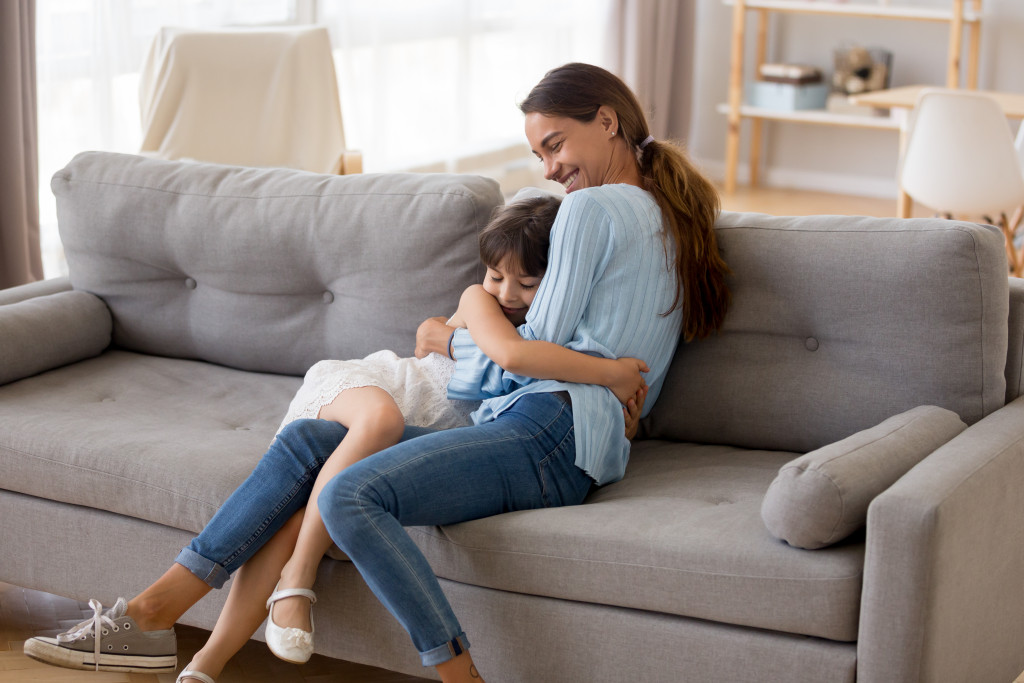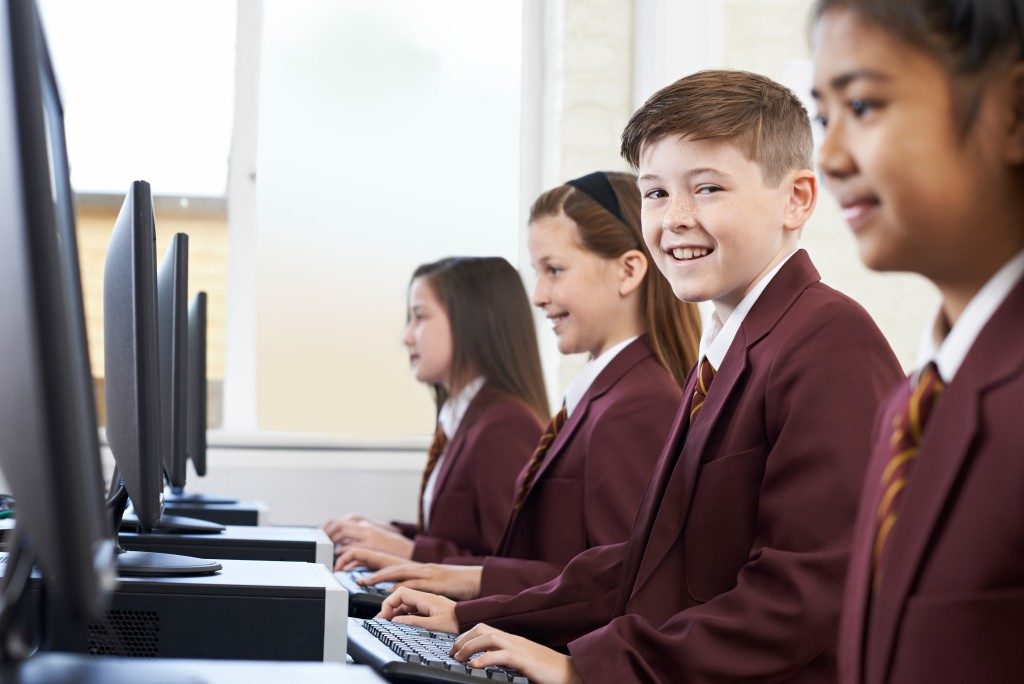None of us want to think about our children getting hurt, but unfortunately, many accidents can happen in your home. Knowing the most common childhood accidents at home is helpful because it makes you more prepared to take care of them when they do occur.
There are three main types of child accident cases: falls, poisoning, and choking. Of course, there are plenty of other types, but the above three account for more than half of all childhood accidents.
Falls
The majority of falls happen in the home. Falls can range from minor bumps to severe head injuries and even death. Home Safety Network reports that 33% of injuries from falls occur on stairs. The most common accidents in this category are trips and slips, which can quickly happen if the stairs are not properly maintained. Other dangerous areas include windowsills, radiators, balconies, or anything high off the ground.
Poisoning
A poisoning accident occurs when something is ingested by mistake, not with the intent to harm oneself. Keep your household chemicals in a high location, and make sure you keep your drugs locked away. Many medicines are easily mistaken for food items, so it’s important to label things properly and provide children with water or juice throughout the day instead of leaving drinks out.
Choking
Choking is a leading cause of injury and death in children under the age of two, according to Kids Health. Bags, food, toys, coins, balloons, and even small buttons or pieces from clothing can all be choking hazards. If you have an infant or toddler at home, you should know what could be a choking hazard and how to prevent that from occurring.
Kids Health suggests that you should always watch children when they are eating to make sure they don’t put items in their mouth, give small toys with large parts to children over the age of three, keep balloons away from children, and keep toilet paper rolls closed.
Other Common Childhood Accidents at Home

Kids Health also reports that burns and scalds are common accidents, especially around bath time. Make sure your water is at the proper temperature before you fill up the tub, and never leave children unattended anywhere near a stove or hot item, no matter how old they are.
Ensure that any cosmetics you use are out of reach or labeled correctly, and make sure your cleaning supplies are locked away. Immediately visit a dermatologist if your child gets skin injuries because of harmful cleaning products or cosmetics.
Children can quickly become trapped in cables of various kinds, whether plugged into outlets or not, so keep these home zones as clean as feasible. Kids Health reports that window blind cords and drapery cords pose a real danger, as do fireplaces with mantels or furniture placed too close.
Also reported by Kids Health and the American Academy of Pediatrics (AAP) is suffocation from entrapment and wedging. Wedging can occur with various items, including between couch cushions, in the center of a mattress, or even in a toy chest. The AAP suggests keeping all of these areas clear of items and checking them regularly to ensure they are clear of anything dangerous.
Ensure Child Safety with Proper Training
Sometimes children will need more specific training about staying safe at home, especially if they have a disability or condition that makes it harder for them to know what dangers might be lurking around the corner.
The AAP suggests visiting a doctor if you feel your child needs more safety training and understanding of avoiding dangerous situations. This training is crucial for children with disabilities such as autism or ADHD, but any parent should take advantage of safety education whenever they get the chance.
Keep Your Child Safe at Home
As previously stated, the most common childhood accidents at home are falls, poisoning, choking, burns and scalds, suffocation by entrapment or wedging, and catching on cords of various kinds. Parents should make sure that their house is hazard-free for children in all cases. Some places might need to be childproofed, including kitchens and bathrooms.
Parents should educate their children about the dangers of these accidents. If you have difficulty teaching your children how to stay safe at home, talk to their doctor or contact a professional safety service for more information.
Don’t forget to review your child’s toys now and then as well. Breakable toys with small parts should be kept away, especially around young children. Ensure that any toys you get your child are safe for their age group, and always supervise your children while they play to prevent accidents.
Remember that many accidents can be prevented just by following these simple tips. If you have questions about childproofing your house or if your child has a disability that affects their safety, contact a doctor or professional safety service for more information.
The majority of child accidents happen at home and can lead to injuries or even death. To prevent this, it is crucial to know the most common types of household hazards for children to know when their little ones might be in danger. These are some of the most prevalent risks your kids may face while playing around the house, from falls on stairs to burns from hot water.









